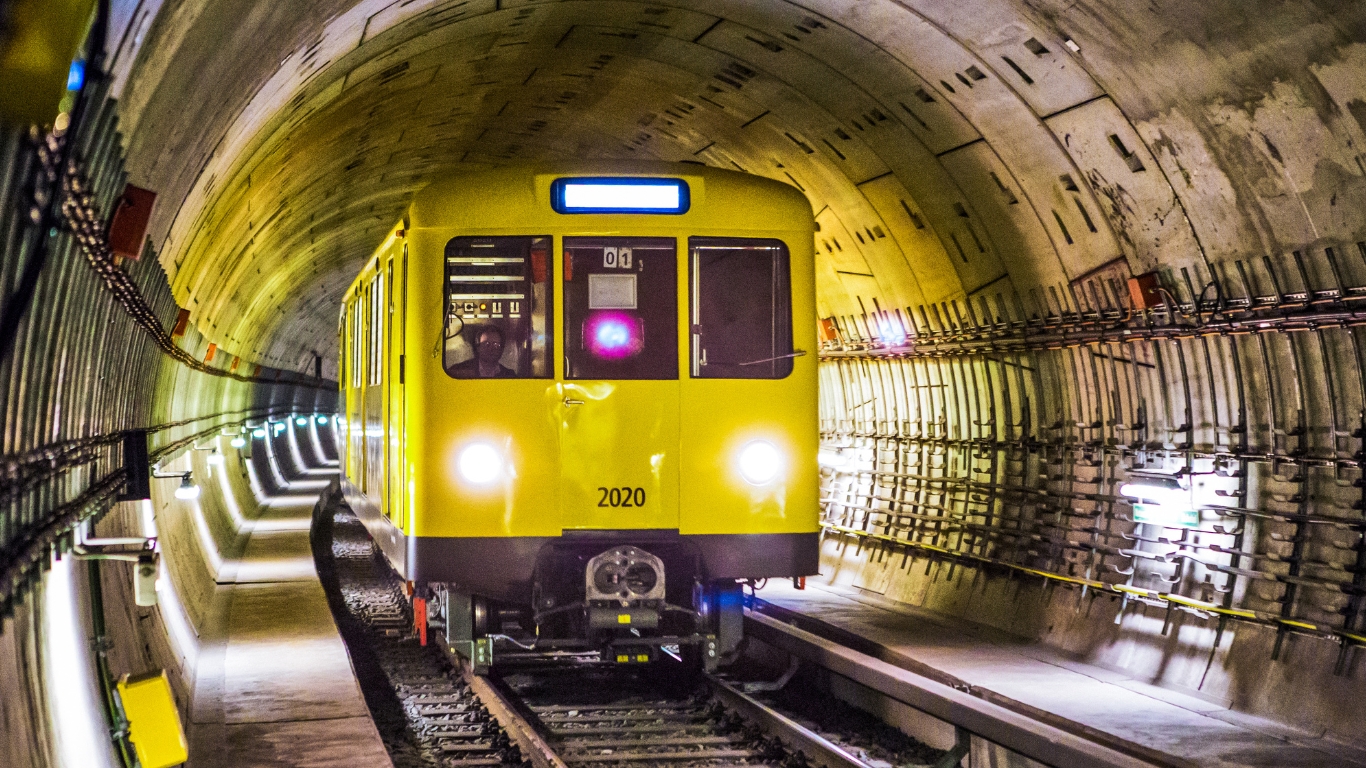
20 May Key Challenges in Modern Railway Infrastructure and How to Overcome Them
Railway infrastructure is a cornerstone of modern transportation systems, facilitating the efficient movement of people and goods, boosting economic growth, and connecting cities and regions worldwide. As demand for faster, safer, and more sustainable rail transport increases, the railway sector faces numerous challenges. These challenges range from maintaining aging infrastructure to adopting cutting-edge technologies, complying with environmental regulations, managing complex projects, and securing sufficient funding.
Addressing these challenges effectively is essential for engineers, project managers, and stakeholders involved in railway construction, operation, and maintenance. In this article, we delve deeply into the key obstacles modern railway infrastructure projects face and provide actionable strategies to overcome them, helping ensure project success and long-term sustainability.
1. Aging Infrastructure and the Need for Continuous Maintenance
A significant portion of global railway infrastructure was built decades ago and now requires extensive upkeep. Aging tracks, bridges, tunnels, and signaling equipment pose safety risks and can lead to operational disruptions if not properly maintained.
Regular preventive maintenance is critical to prolong the lifespan of these assets and avoid costly emergency repairs. However, many rail operators struggle with limited budgets and workforce shortages, making consistent upkeep difficult.
Investment in asset management systems and predictive maintenance technologies can help prioritize repairs and optimize resource allocation, improving reliability and safety.
2. Technological Integration and Modernization Complexities
Modernizing railway infrastructure means integrating advanced technologies such as automated signaling, real-time monitoring, and communication systems. While these innovations greatly improve safety and efficiency, retrofitting them into existing networks can be technically challenging and costly.
Additionally, ensuring interoperability between legacy systems and new technologies requires careful planning and expertise. Rail operators must balance the need to upgrade with minimizing service disruptions during implementation.
Embracing modular and scalable technology solutions, along with comprehensive staff training, can facilitate smoother transitions and long-term operational benefits.
3. Navigating Environmental Regulations and Sustainability Goals
With growing concerns about climate change and environmental impact, railway projects are subject to stringent regulations covering emissions, noise, land use, and biodiversity protection. Complying with these requirements can extend project timelines and increase costs.
However, sustainability also offers opportunities. Incorporating renewable energy sources, energy-efficient designs, and eco-friendly materials can reduce operational costs and improve public acceptance.
Early collaboration with environmental experts and community stakeholders ensures compliance while integrating sustainable practices that benefit both the project and the surrounding ecosystem.
4. Project Management and Skilled Workforce Shortages
Railway infrastructure projects are inherently complex, involving multiple contractors, regulatory bodies, and technical disciplines. Effective project management is crucial to coordinate these elements and keep projects on schedule and within budget.
Simultaneously, there is a growing shortage of qualified engineers, surveyors, and technical specialists with the expertise necessary for modern railway projects. This talent gap can delay projects and impact quality.
Practical Strategies to Overcome Railway Infrastructure Challenges
- Preventive Maintenance and Asset Managemen: Adopting predictive maintenance powered by IoT sensors and data analytics enables early detection of potential failures, allowing timely interventions that save costs and reduce downtime.
- Embracing Cutting-Edge Technology: Implementing automated signaling systems, AI-powered monitoring, and digital twin models enhances operational safety and efficiency, providing real-time insights into infrastructure conditions.
- Early Environmental Planning: Incorporate environmental impact assessments and mitigation strategies early in the project cycle to streamline regulatory approval and promote sustainable development.
- Workforce Development and Flexible Staffing: Invest in continuous training and development programs, and collaborate with specialized staffing agencies to ensure access to skilled professionals when and where they are needed.
- Financial Innovation and Robust Planning: Leverage alternative funding mechanisms and maintain detailed financial oversight to optimize resource use and safeguard project continuity.
Modern railway infrastructure projects face multifaceted challenges that require comprehensive solutions combining technical expertise, innovative technology, environmental stewardship, skilled personnel, and solid financial management. Successfully navigating these obstacles ensures safer, more efficient, and sustainable rail systems that meet today’s demands and future needs.
Protecnium is committed to supporting railway infrastructure projects by providing access to top engineering and technical talent across all stages from design and construction to operation and maintenance. Contact us to learn how we can help your project overcome workforce and technical challenges and achieve outstanding results.


